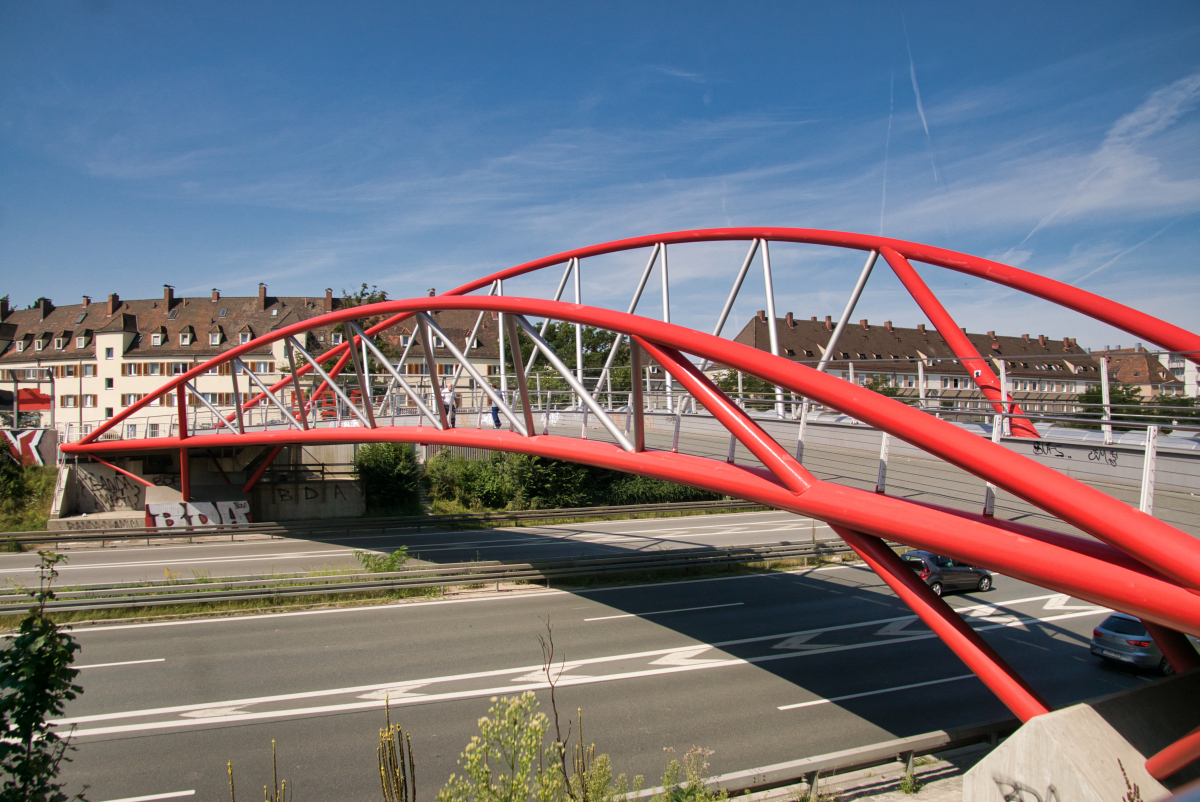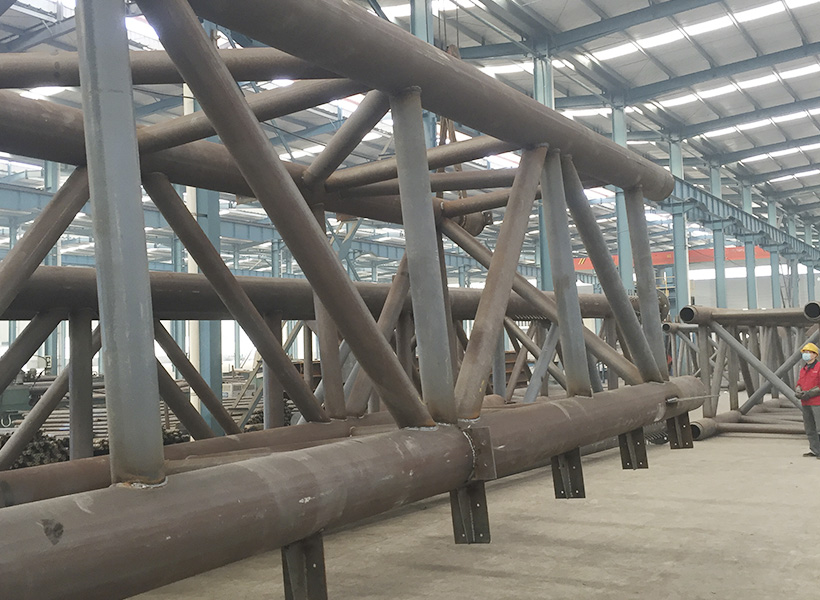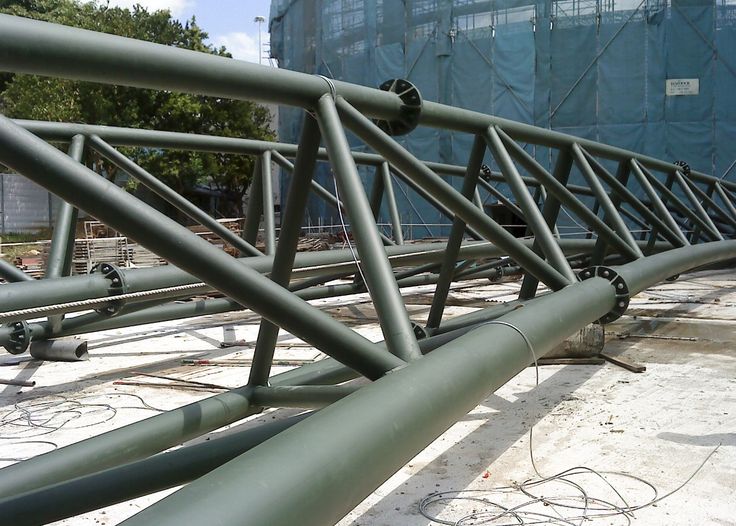Carbon Steel Roofing Steel Pipe Truss: A Strong and Reliable Solution
I. Introduction
The steel roof truss is a crucial element in structural engineering, providing strength and stability to buildings. Among the various types of truss systems, the carbon steel roofing steel pipe truss stands out for its exceptional performance. This article will explore the features, benefits, and applications of this innovative solution.
II. Material Grade
- Carbon Structural Steel (Q235): Carbon structural steel, specifically Q235, is commonly used in the construction of steel trusses. It offers excellent strength and durability, making it suitable for various applications.
- High-Strength Structural Steel (Q345): High-strength structural steel, such as Q345, provides even greater strength and load-bearing capacity compared to carbon structural steel. It is often used in projects that require higher performance and structural integrity.
- Special Purpose Steel Truss Structure: In some cases, special purpose steel truss structures may be required to meet specific project requirements. These structures are designed and fabricated to provide customized solutions for unique architectural designs.
III. Use of Trusses in Buildings
Trusses find extensive use in buildings that require long spans and high load-bearing capacity. Some common applications include:
- Airport Terminals
- Aircraft Hangars
- Sports Stadium Roofs
- Auditoriums
- Leisure Buildings
The use of trusses in these buildings allows for the creation of large, open spaces without compromising structural integrity.
IV. The Production Process of Steel Truss
To ensure the construction period and product quality, the production of carbon steel roofing steel pipe truss follows a specific process:
- Material Preparation: The necessary steel materials, including carbon structural steel or high-strength structural steel, are prepared according to project specifications.
- Joining Together Beforehand: The steel pipes are joined together beforehand to form the desired truss framework. This step ensures accurate alignment and precise construction.
- Welding: The joined steel pipes are welded together to create a strong and seamless connection. Welding is performed by skilled professionals using advanced techniques to ensure structural integrity.
- Correct: After welding, the truss structure is carefully inspected to ensure it meets the required specifications and standards. Any necessary corrections or adjustments are made at this stage.
- Blasting Derusting: The truss structure undergoes a blasting process to remove any rust or impurities on the surface. This step helps to enhance the durability and longevity of the truss.
- Spraying: Finally, a protective coating is applied to the truss structure through a spraying process. This coating provides additional corrosion resistance and helps maintain the aesthetic appearance of the truss.
V. Advantages of Steel Truss
The carbon steel roofing steel pipe truss offers several advantages that make it a preferred choice for roofing systems:
- Long Span: Steel trusses can span large distances without the need for intermediate supports, allowing for greater design flexibility and open interior spaces.
- Lightweight: Despite their strength, steel trusses are lightweight compared to other roofing materials. This characteristic reduces the overall load on the building structure and simplifies the installation process.
- Reduced Deflection: Steel trusses exhibit minimal deflection, ensuring a stable and level roof surface. This reduces the risk of sagging or unevenness over time.
- High Load-Bearing Capacity: Steel trusses have the ability to support considerable loads, making them suitable for a wide range of applications, including heavy equipment or machinery.
By incorporating carbon steel roofing steel pipe truss into your roofing system, you can benefit from its strength, durability, and versatility.






